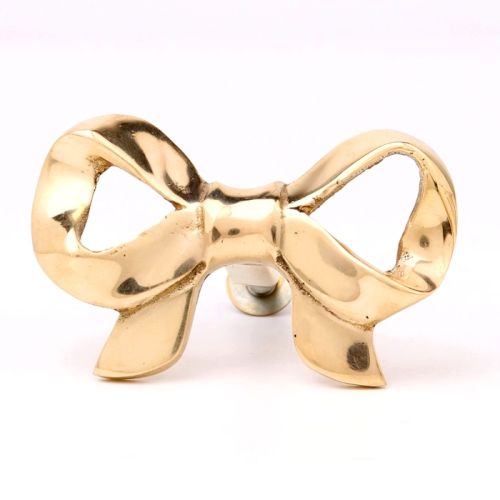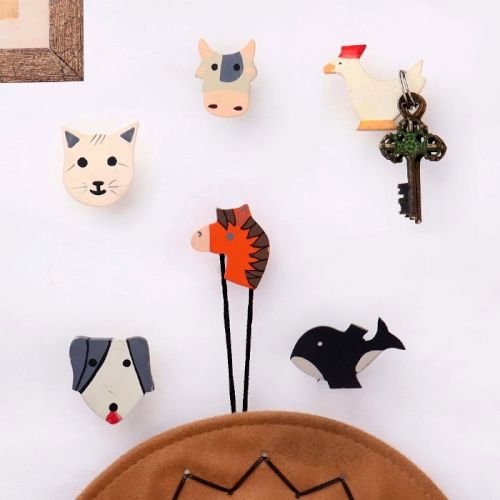Charcoal Drawing Explained: Techniques, Tools, Types & Creative Uses For Artists And Home Decor
A charcoal drawing is a visual monologue in monochrome, a painting without pigment. Using burnt organic materials like willow, vine, or compressed carbon, artists apply the medium to paper as if whispering secrets in black dust. Unlike ink or acrylics, charcoal breathes; it smudges, lifts, and dances between permanence and impermanence. It’s chiaroscuro at its rawest—light and dark in constant conversation. This medium doesn’t seek perfection, but presence. The strokes—bold or feathered—carry motion, like brushstrokes in oils, hinting at both precision and rebellion. In charcoal, silence finds texture, and every grain speaks in shadows. It becomes a rehearsal space for emotions—a liminal ground where form is found not through addition, but through reduction and restraint. Like etching shadows into silence, charcoal drawings render absence as eloquently as presence.
What Does A Charcoal Drawing Aim To Capture Or Convey?
Charcoal drawings aim to capture essence rather than detail—like an old film frame, blurred and honest. The medium speaks through contrast: light against absence, shape against void. It captures mood the way oil captures time—slow, thick, deliberate. Charcoal drawing does not always care for photorealism. Instead, it unveils vulnerability: the trembling shadow on a cheek, the echo of a forgotten gesture, the fog between thought and feeling. Much like Impressionism pursued light, charcoal pursues truth in tone. Each line is loaded—there are no casual strokes. The smudge becomes a sigh. In portraits, it conveys psyche before symmetry. In landscapes, it reveals weather more than geography. Charcoal isn’t just about what is seen—it evokes what is felt but not shown. It’s the whisper behind the scream, the residue of memory. Like canvas primed with longing, charcoal captures the in-betweenness of existence.
What Are The Different Types Of Charcoal Drawings?
Charcoal drawings splinter into diverse styles, each like a technique in a painter’s atelier. Sketches are gestural; loose like graphite underdrawings on a Renaissance canvas—built for speed, not precision. These are warm-ups, thinking through form by movement. Tonal drawings are orchestral—each value a note, building harmony through gradients. They mimic the layering of glazes in oil paintings: subtle transitions, barely-there edges. Detailed renderings resemble ink etchings—precise, patient, meditative. They often use compressed charcoal for tight control, like a fine sable brush. There's also abstract charcoal work, where texture becomes protagonist—like impasto in oils or the palette knife in acrylics. Lastly, expressive realism—neither completely abstract nor illustrative—walks a line between representation and emotion, much like expressionist painting. Each type isn’t rigid but fluid, chosen based on the subject’s soul, not its surface. Charcoal’s diversity lies in its dust—its ability to blur the border between sketch and painting.
How Do You Create A Charcoal Drawing Correctly?
Creating a charcoal drawing is akin to building a fresco—layer by careful layer, gesture by gesture. Begin not with lines, but values. Start light—use willow charcoal to map shadows like a sculptor chiseling marble. Block in the general composition, letting broad strokes whisper across the paper like first washes in watercolor. Then, slowly refine. Use kneaded erasers not as correctors, but as brushes of negative space—pulling light out of dark, as one might carve a highlight with a palette knife. Blending becomes the act of breathing—using fingers, tortillons, or chamois to soften transitions, like wet-on-wet blending in oils. Pressure becomes language: harder strokes for tension, softer ones for calm. Fixative is applied like varnish—sparingly, deliberately. “Correct” in charcoal doesn’t mean precise—it means intentional. Let the drawing breathe, smudge, and speak. Embrace imperfection as texture. The process is less about achieving likeness and more about rendering presence.
What Materials Are Used For Charcoal Drawing?
Charcoal drawing, like any painter’s craft, relies on choosing the right tools as if selecting the right brush for a canvas. Charcoal types include:
Willow/Vine: Soft, airy, ideal for gestures—like watercolor’s first wash.
Compressed charcoal: Bold, dark, meant for contrast—like impasto in oils.
Charcoal pencils: Precision-focused, like a rigger brush for fine lines.
Paper is critical. Smooth Bristol for detail. Heavier, toothy paper for texture—think of it like primed canvas for oils. Toned paper offers mid-tones, allowing highlights to emerge like gesso peeking through acrylic.
Tools include:
Kneaded erasers: Act like light itself—lifting, not erasing.
Blending stumps, tortillons: For soft gradients, like a dry brush on gesso.
Chamois, tissues, fingers: Organic blending tools—your hand becomes brush.
Fixative acts like a matte varnish—locking in yet muting depth. Each material is a voice in a chamber—when used right, they create harmony through contrast.
How Do You Choose The Right Charcoal Drawing Style Or Technique For Your Subject?
Choosing the right style is akin to selecting the right palette or brush for a particular subject—it’s a matter of intention and intimacy. A quick gesture sketch suits motion—a dancer, a falling leaf, where movement matters more than edges. Tonal drawing fits emotion—portraits, still lifes, or fog-laden landscapes. These require atmosphere more than anatomy. Detailed rendering works best for architectural subjects or intense character studies—where texture and micro-shadow convey story. Think of it like realism in oil—where each pore, brick, or crack holds narrative weight.
Let subject dictate medium: a crumbling face may need compressed charcoal to emphasize weight; a dreamlike forest may ask for willow to maintain fluidity. Mood matters. What do you feel when you look at the subject? That determines your approach. Treat the subject like a sitter in a portrait session. Listen. Then pick your technique as a response to its silence.
Where Can You Buy Quality Charcoal Drawing Supplies?
Finding the right supplies is like entering a well-curated gallery—you’re not just buying tools, you’re selecting companions for your visual journey. In India, Art Lounge India, Himalaya Fine Art, and Anupam Stationery in Mumbai are go-to places—like trusted ateliers for professional-grade tools. Online platforms like IndianShelf , Amazon India, ItalixArt, and Hobbycraft offer quality brands like Faber-Castell, Derwent, Conte à Paris, and General’s.
When buying, observe the grain and softness—test them like you’d check the tension of a canvas. Choose sketchbooks with 180gsm or higher paper, or loose charcoal pads by Strathmore or Canson. Get a range—soft, medium, hard—to experiment with tonal variation. Tools like blending stumps, fixative sprays (like Winsor & Newton), and sandpaper blocks complete the arsenal. Remember: the tools don’t create the art—but like the right brush to an oil painter, they make your hand’s intention visible in grain and shade.
Charcoal Drawings Vs Pencil Drawings: What’S The Difference?
Charcoal is a scream; pencil is a whisper. Where pencil is controlled, slow, and deliberate—like pointillism—charcoal is emotive, quick, and painterly. Pencil gives clarity—lines are fine, tonal values are crisp. It’s the graphite sketch before a painting, the underdrawing that holds the weight of proportion. Charcoal, in contrast, is fog and fire—it blends like gouache, bleeds like ink, leaves residue like memory.
In texture, pencil adheres to precision—more H than B, more linear than tonal. Charcoal is tonal by nature. It requires paper with more tooth. Pencil sits on the surface; charcoal becomes part of it, like pigment absorbed into gesso. Pencil is archival, less fragile. Charcoal is ephemeral—its permanence lies in fixatives.
Stylistically, pencil is analytical. Charcoal is intuitive. One studies form; the other wrestles with it. Like comparing chamber music to a jazz improv—the discipline versus the blur. Both valid, both vital. But the soul they touch differs.
What Are Some Creative Uses Of Charcoal Drawings In Home Decor Or Art Projects?
Charcoal drawings in home decor are like hanging shadows on your wall—subtle, suggestive, and soulful. Unlike vibrant acrylics or decorative prints, they whisper instead of shout. They add depth to minimal interiors, offering contrast and mood—like chiaroscuro in a Baroque canvas. Framed tonal portraits or landscapes can act as focal pieces in monochrome-themed rooms.
For projects, charcoal can be used on wood panels or layered with gesso for a mixed-media appeal. Artists sometimes layer water-soluble charcoal, then paint over it—like underpainting in tempera. Handmade cards or wall panels with charcoal flourishes evoke elegance and craftsmanship.
In theatre set design, charcoal-rendered backgrounds offer mood-rich, cost-effective atmospheres. On large canvases, they can form abstract centerpieces—blending into modern, industrial, or rustic decor. Their fragility becomes their poetry: art that looks lived-in, like worn pages or aged frescoes. Charcoal doesn’t decorate—it converses. It brings a museum’s hush into a room.
Frequently Asked Questions (FAQs)
What Are Charcoal Drawings Used For?
Charcoal drawings serve as a foundational medium for artists exploring form, texture, and light with immediacy and expressiveness. They’re often used for studies—gesture sketches, figure drawing, and compositional layouts—because charcoal’s rich blacks and soft gradients respond intuitively to pressure and movement. The medium’s velvety texture creates atmospheric depth, making it perfect for evoking mood or capturing fleeting shadows. Beyond preparatory sketches, charcoal is celebrated as a finished medium for portraits, landscapes, and abstract pieces, where its smudged transitions and sharp contrasts enhance emotional resonance. Its tactile nature invites both bold strokes and delicate blending, bridging rough spontaneity with controlled precision. Charcoal’s legacy lies in its ability to harness light and darkness in their purest forms, often embodying chiaroscuro effects akin to old master drawings, thus providing a timeless quality that continues to inspire modern and classical artists alike.
What Surface Or Paper Type Is Best For Charcoal Drawings?
Choosing the right surface for charcoal is akin to selecting a canvas for oil painting—it defines the texture, grip, and tonal depth achievable. Rough, textured papers like heavyweight pastel or charcoal paper with a pronounced tooth work best, as their grain catches charcoal particles effectively, enabling rich layers and varied strokes. Papers such as Canson Mi-Teintes or Strathmore 400 Series are favorites, offering a balanced texture that holds charcoal without excessive powder loss. Unlike smooth Bristol or hot-pressed papers, these rough surfaces facilitate blending and lifting, essential for creating velvety shadows and subtle gradations. Moreover, a paper with some absorbency helps charcoal adhere better, preventing unwanted smudging while allowing for fixative application. In essence, the paper’s tooth becomes an active collaborator, shaping the tactile narrative of the drawing and influencing the final composition’s depth and luminosity.
Can Charcoal Drawings Be Fixed Without Smudging?
Fixing charcoal without compromising its delicate tonal range is a nuanced process, demanding a gentle, controlled approach reminiscent of glazing in painting. Fixatives—sprayed lightly in several thin layers—seal charcoal particles, preventing unwanted smudges but risking dullness or darkening if applied heavily. Artists often use workable fixatives during the drawing process, allowing layering without loss of vibrancy, and a final archival fixative once the piece is complete. Proper spraying distance and multiple light passes, rather than one heavy coat, preserve the drawing’s texture and contrast. Additionally, using a fixative with a matte finish helps maintain the charcoal’s soft, velvety quality without glossiness that could disrupt visual depth. Alternative traditional methods include using a soft brush to gently lift excess charcoal before fixing, or placing a tissue overlay during transport. Fixing is thus an art of balance, preserving the raw expressiveness of charcoal while protecting its fragile beauty.
Are Charcoal Drawings Permanent Or Do They Fade?
Charcoal drawings are inherently delicate, their permanence reliant on careful handling and preservation, much like frescoes vulnerable to environmental wear. Charcoal itself, being carbon-based, doesn’t chemically fade but remains prone to physical degradation—smudging, rubbing off, or dust accumulation—which can blur lines and diminish tonal clarity. Exposure to moisture, oils from skin, and environmental pollutants accelerates deterioration. To enhance longevity, charcoal works should be framed under UV-protective glass and kept away from humidity and direct sunlight, which can weaken paper fibers. Use of archival-quality papers and fixatives further safeguards the drawing. While charcoal may not fade like pigments, its impermanence lies in vulnerability to physical wear rather than color loss. Thus, its preservation parallels that of delicate pastels—requiring respectful conservation to maintain the integrity of those smoky, rich blacks and subtle transitions that define charcoal’s visual poetry.
What Type Of Charcoal Is Best For Deep Shadows Or Highlights?
For intense shadows, compressed charcoal reigns supreme—dense, rich in pigment, and capable of laying down thick, velvety blacks with a matte finish. Its solidity allows heavy layering and strong contrast, mimicking the deep umbra in chiaroscuro painting, essential for grounding a composition with weight and volume. Conversely, vine or willow charcoal, softer and more brittle, excels in subtle highlights and delicate mid-tones due to its lighter, powdery texture. Artists often use kneaded erasers to lift vine charcoal for highlights, creating luminous negative spaces that glow against darker layers. Combining both types—compressed charcoal for the dark anchor points, and vine charcoal for gradation and light—allows nuanced modulation of values. This dynamic interplay between deep, opaque shadows and gentle highlights crafts a dramatic visual rhythm, akin to the interplay of light and shade on a classical sculpture, imbuing drawings with dimensionality and tactile depth.
Are Charcoal Techniques Universal Across All Art Styles?
Charcoal’s techniques echo across diverse art traditions, yet their application often shifts to reflect cultural aesthetics and stylistic goals. While fundamental methods—hatching, blending, lifting, and layering—remain consistent, the stylistic language and conceptual intent vary widely. For example, in classical Western drawing, charcoal serves to render anatomy and form with realism and chiaroscuro, emphasizing three-dimensionality. In contrast, East Asian ink and charcoal traditions might prioritize expressive brush-like strokes, minimalism, and spiritual resonance over realism. Contemporary abstract artists manipulate charcoal’s textural qualities to explore form, emotion, or raw materiality rather than representational fidelity. Thus, while basic charcoal handling techniques transcend styles, their deployment is flexible, shaped by historical, cultural, and conceptual contexts. Charcoal becomes a versatile instrument—sometimes a tool for meticulous precision, other times a vehicle for wild gestural expression—showcasing its universality in technique but diversity in artistic language.
What Is The Cultural And Historical Significance Of Charcoal Drawings In Different Art Traditions?
Charcoal drawings hold a venerable place in global artistic traditions, transcending mere technique to embody cultural narratives and historical continuity. In prehistoric times, charcoal was among the earliest mediums, used in cave paintings to communicate human experience and spirituality. During the Renaissance, charcoal’s immediacy allowed masters like Leonardo da Vinci to sketch anatomical studies, capturing the ephemeral quality of light and movement, heralding its role as a foundational medium in Western art pedagogy. Indigenous cultures across Africa, Australia, and the Americas have long used charcoal in ritualistic and symbolic art, intertwining material and meaning. In Japan and China, charcoal drawing, alongside ink wash painting, embodies a meditative practice, emphasizing simplicity and natural flow. Thus, charcoal drawings are not just visual artifacts but carriers of cultural memory, bridging ancient traditions with contemporary creativity. Their raw, elemental nature connects humanity’s earliest expressions to today’s explorations of form, shadow, and soul.
How Can You Clean, Preserve, Or Fix Charcoal Drawings Using Simple Methods Or Traditional Tips?
Preserving charcoal drawings is an act of gentle stewardship, akin to caring for fragile paper scrolls or pastel paintings. To clean, avoid harsh rubbing; instead, use a soft, dry brush or a clean, unused makeup brush to remove dust carefully from the surface. For stubborn smudges on the backing or frame glass, a lightly dampened cloth can be used—never on the artwork itself. Preservation demands framing under UV-filtering glass with a mat to prevent direct contact and reduce dust exposure. Traditional tips include storing drawings flat in acid-free folders or between sheets of glassine paper, which guards against abrasion and humidity. For fixing, light sprays of archival fixative applied evenly at a distance prevent pigment displacement. If smudging occurs, a kneaded eraser or soft cotton swab gently lifts excess charcoal without damaging paper fibers. These simple, mindful practices extend the life of charcoal’s ephemeral beauty while maintaining its tactile and visual depth.
How Do Different Charcoal Drawing Techniques Set The Mood Or Emotion Of The Artwork?
Charcoal techniques wield expressive power much like brushstrokes or palette knife marks in painting, shaping not only form but emotional resonance. Soft blending and feathered transitions evoke melancholy, nostalgia, or dreamlike atmospheres, as shadows dissolve into light with delicate gradations. Contrarily, vigorous, jagged strokes create tension, unrest, or raw energy—like an artist’s breath captured in motion. Smudging can suggest mystery or ambiguity, while sharp, defined edges communicate clarity or focus. Layering charcoal allows depth of tone, mirroring psychological complexity or dramatic chiaroscuro effects that heighten intensity. Negative space manipulation—lifting charcoal with erasers—introduces light and hope amid darkness. The texture of the paper interacts with these techniques, amplifying mood; rough grain invites restless marks, while smoother tooth supports calm, contemplative surfaces. Ultimately, charcoal becomes a language of shadow and light, where technique is the syntax of feeling.
How Can Charcoal Drawings Complement Room Decor, Wall Colors, Or Frames For Visual Harmony?
Charcoal drawings possess a timeless monochromatic palette that harmonizes effortlessly with diverse interior aesthetics, functioning as sophisticated anchors or subtle whispers in room decor. Their inherent grayscale range complements bold wall colors by offering tonal contrast without competing, or they can enhance neutral palettes by adding texture and depth akin to architectural relief. When framing charcoal art, matte black or natural wood frames reinforce the drawing’s tactile and organic qualities, while white mats create breathing space and focus. For minimalist spaces, charcoal’s understated elegance introduces contemplative visual interest; in eclectic or vintage interiors, it adds historical gravitas and artisanal charm. The smoky softness of charcoal draws the eye without overwhelming, echoing the subtle chiaroscuro found in light-filtered rooms. Placement near soft lighting enhances shadows, bringing the drawing’s nuances alive. Thus, charcoal art acts as a versatile décor element—balancing, enriching, and elevating any space.
Can Charcoal Drawings Be Used As Meaningful Gift Items, Such As For Housewarmings Or Special Occasions?
Charcoal drawings offer a deeply personal, evocative gift that transcends mass-produced decor, carrying the intimacy of hand-crafted artistry and the weight of timeless visual poetry. Their monochrome subtlety makes them adaptable to varied tastes and spaces, embodying both elegance and emotional depth. A portrait or landscape rendered in charcoal captures not just likeness or place but the artist’s breath and gesture, lending the gift a soulful presence. For housewarmings, such drawings invite a quiet dialogue between viewer and space, evoking warmth, reflection, or nostalgia. For special occasions—birthdays, anniversaries—they symbolize thoughtfulness, offering unique narratives through shadow and light. Additionally, charcoal’s classical roots convey cultural sophistication and respect for artistic heritage, enhancing the gift’s significance. Framed and presented with care, charcoal art becomes not just decoration but a cherished heirloom of memory and emotion.
What Are Some Unique Styling Tips Or DIY Hacks For Displaying Or Personalizing Charcoal Drawings?
Displaying charcoal drawings invites inventive styling that respects their delicate nature while amplifying their visual impact. Use DIY acid-free mats with hand-painted edges or textured fabric overlays to echo the drawing’s tonal subtleties and add personalized flair. Transparent glass or acrylic frames with spacers create a floating effect, emphasizing the drawing’s airy, smoky quality. For a rustic touch, incorporate reclaimed wood frames with visible grain that contrast charcoal’s smooth blackness. Pinboards covered in neutral linen allow easy rotation and experimentation with different artworks. To personalize, attach a brief handwritten artist’s note or poem on archival paper, elevating narrative connection. Lighting hacks like adjustable spotlights or natural indirect light highlight textures and chiaroscuro without glare. Experiment with grouping small charcoal sketches in grids or salon-style clusters, fostering dynamic visual dialogues. These styling choices transform charcoal drawings from static pieces into living, breathing elements of curated art expression.
More Paintings : Abstract Art Paintings|Canvas Paintings|Landscape Paintings|Miniature Paintings


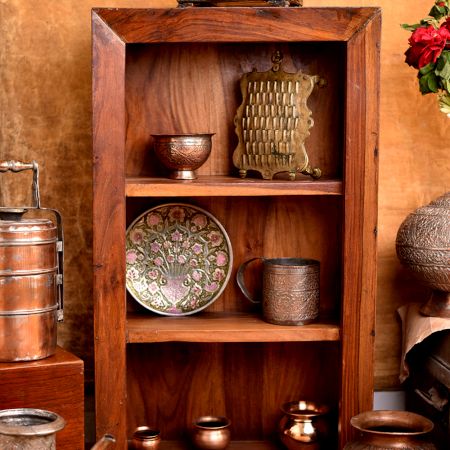
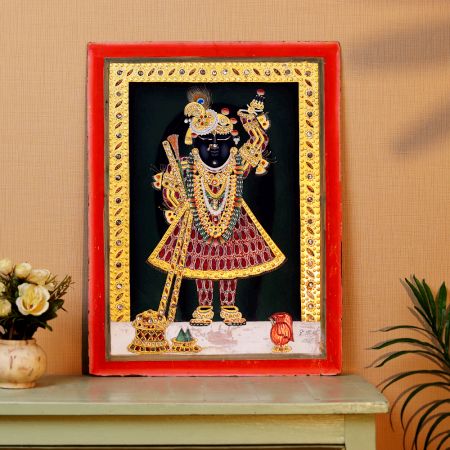
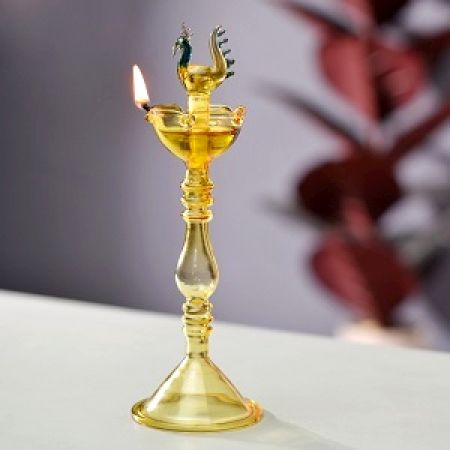



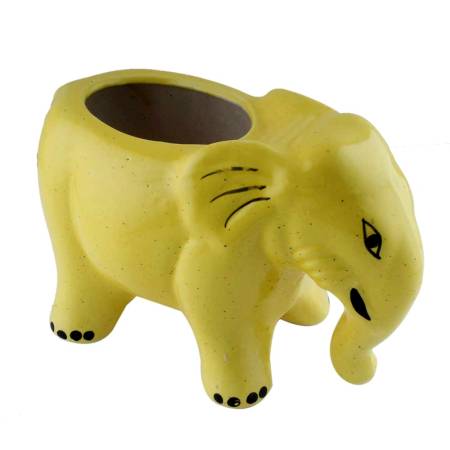
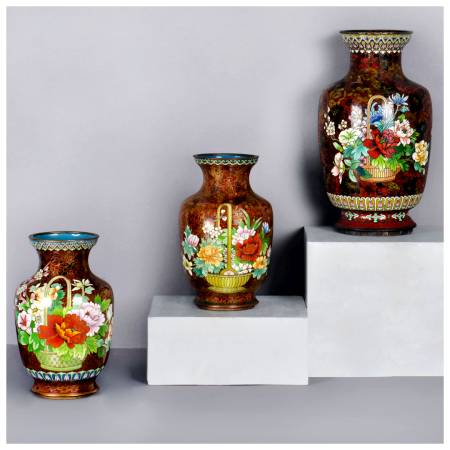
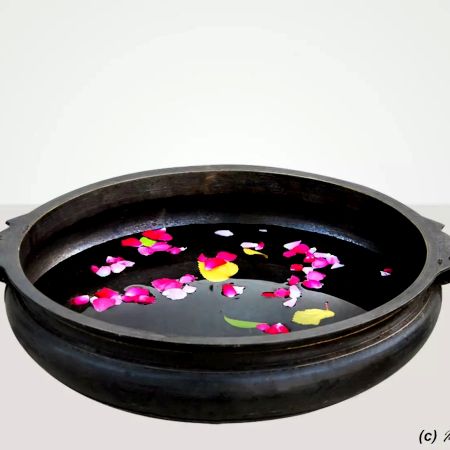

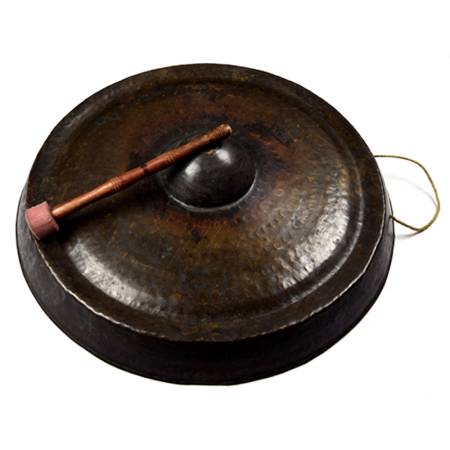


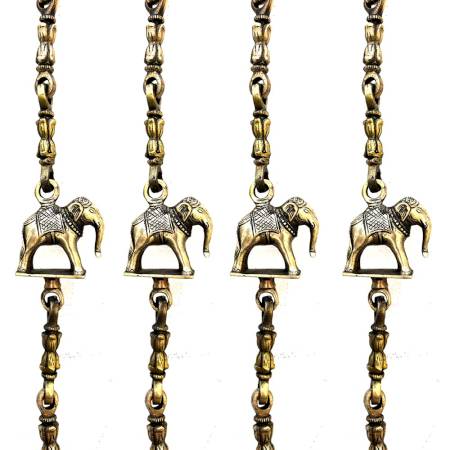
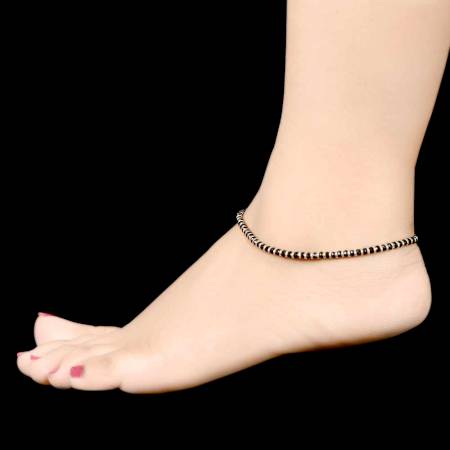
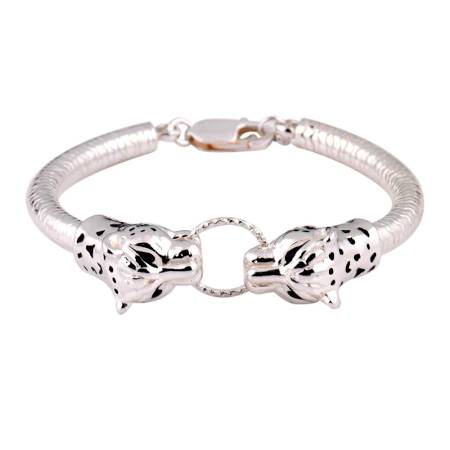
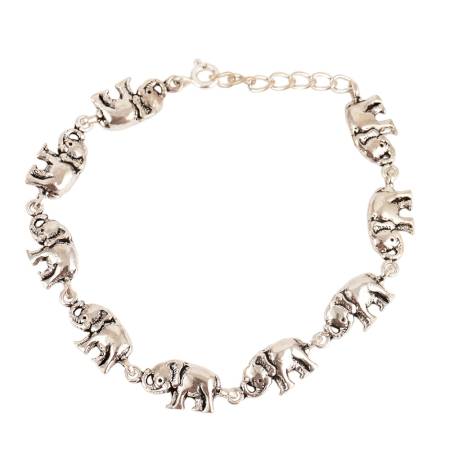
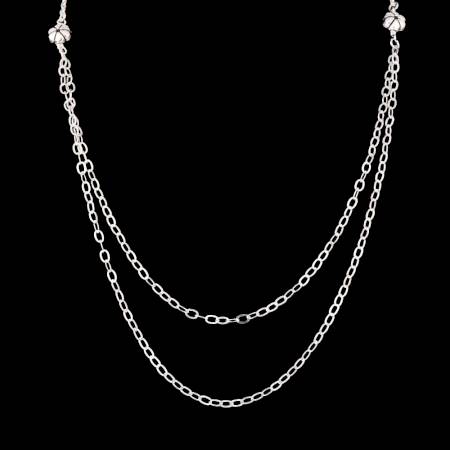
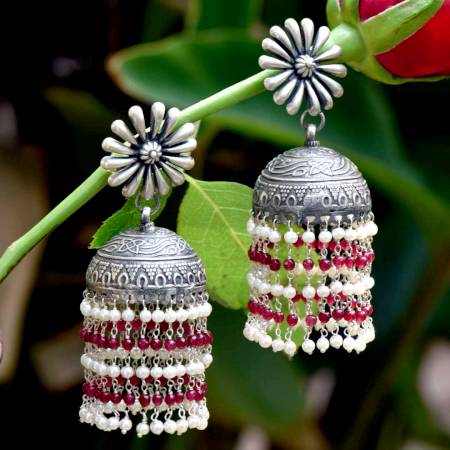
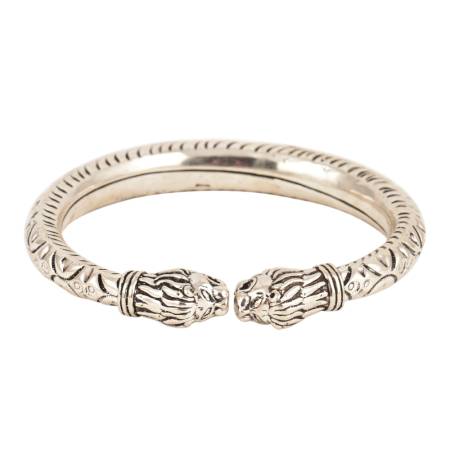
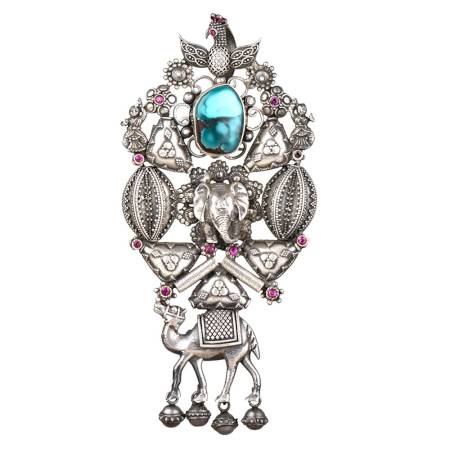
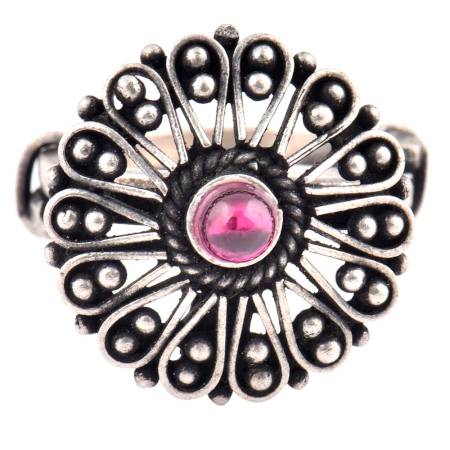
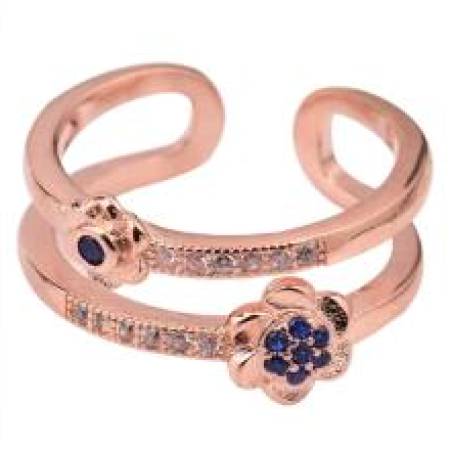






.JPG?ver=1.7)
.JPG?ver=1.7)
.JPG?ver=1.7)
.JPG?ver=1.7)
.JPG?ver=1.7)
.JPG?ver=1.7)
.JPG?ver=1.7)
